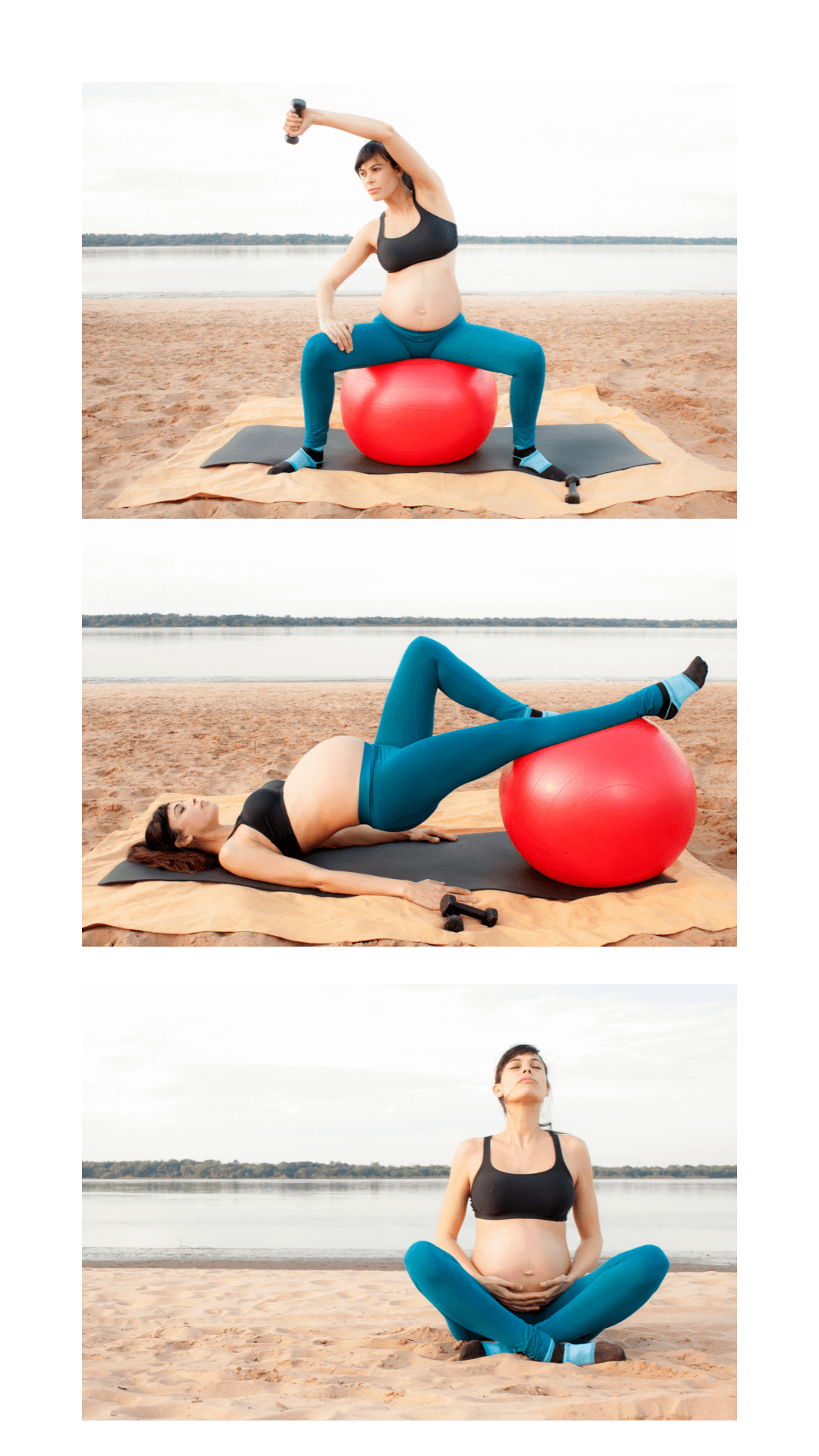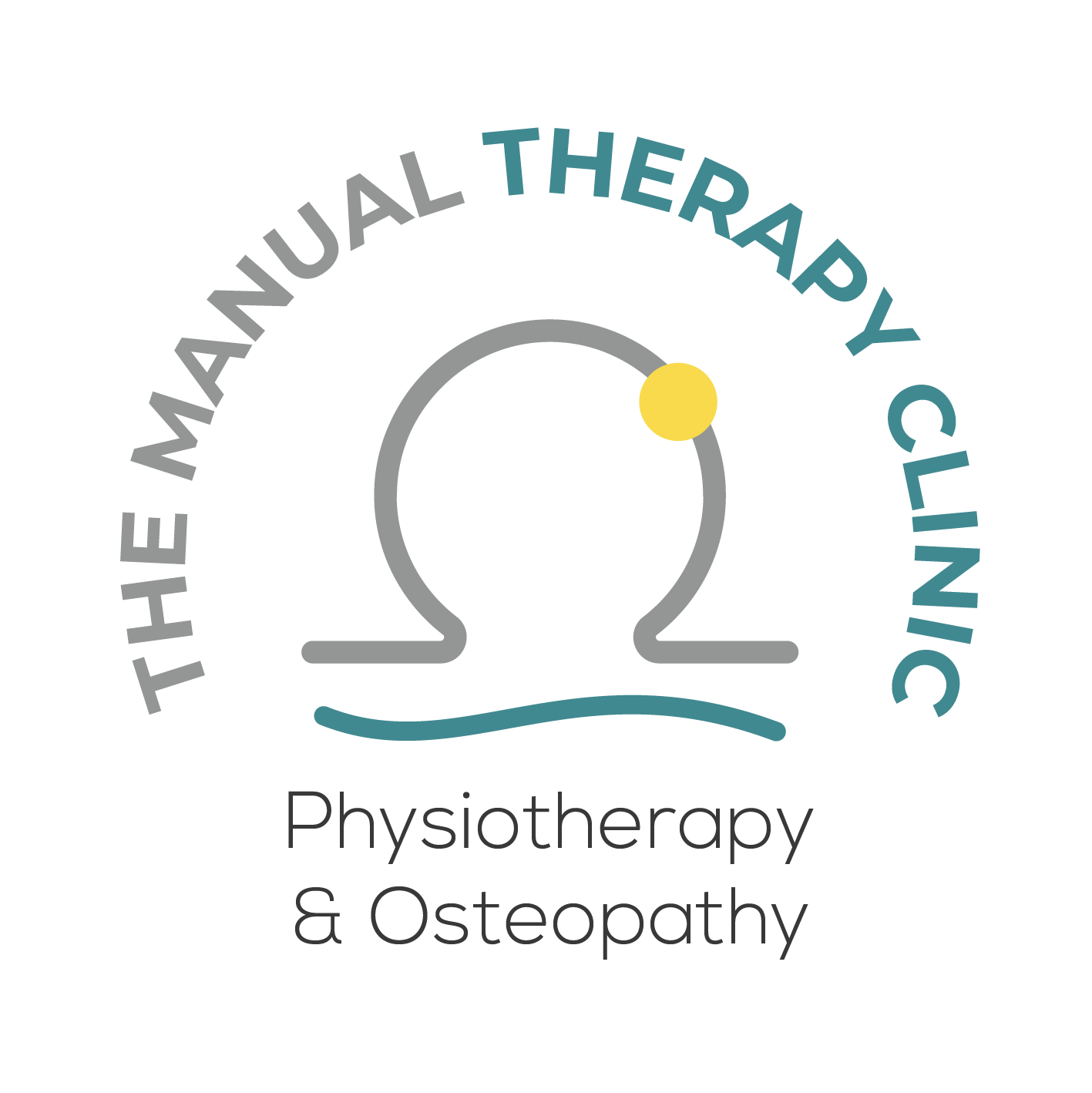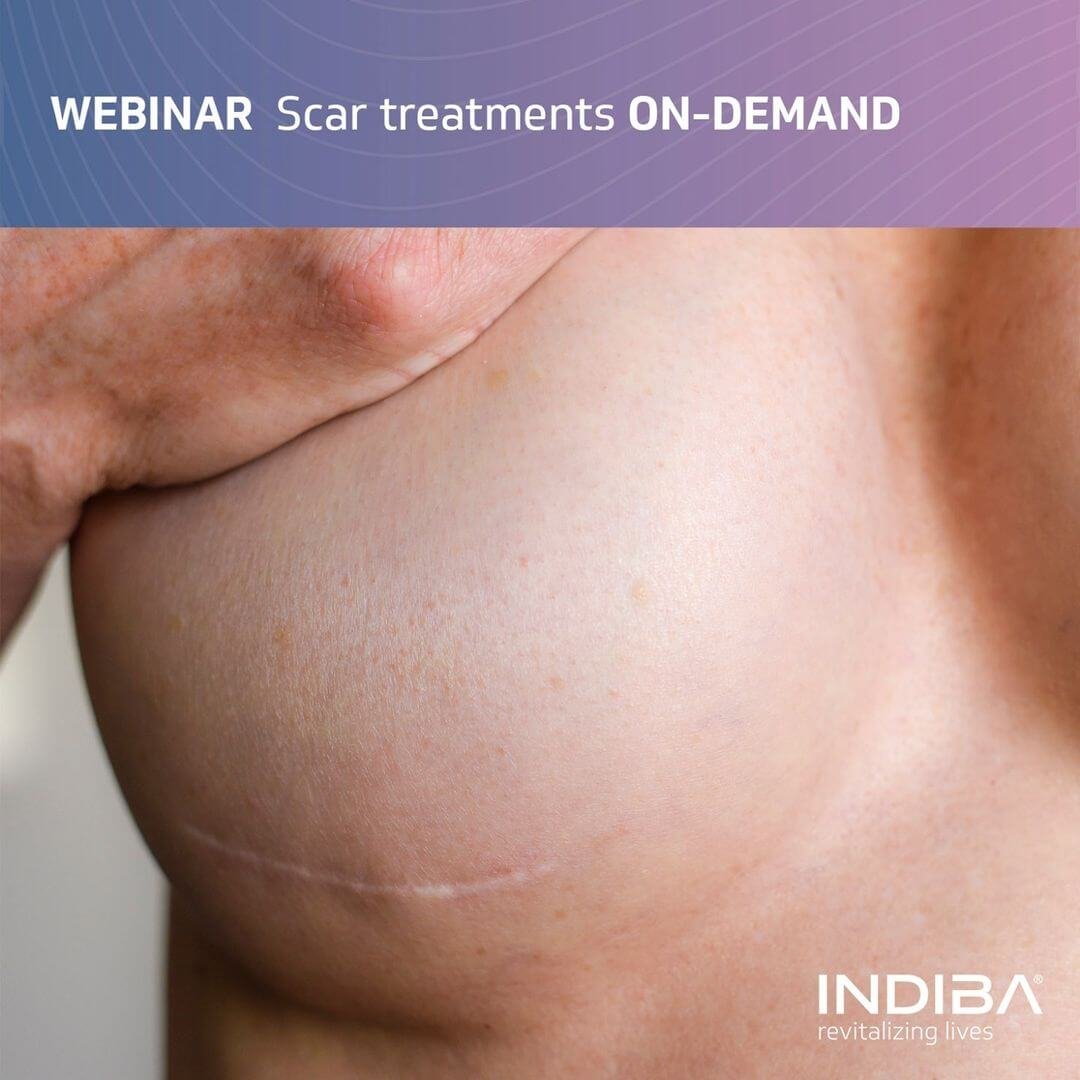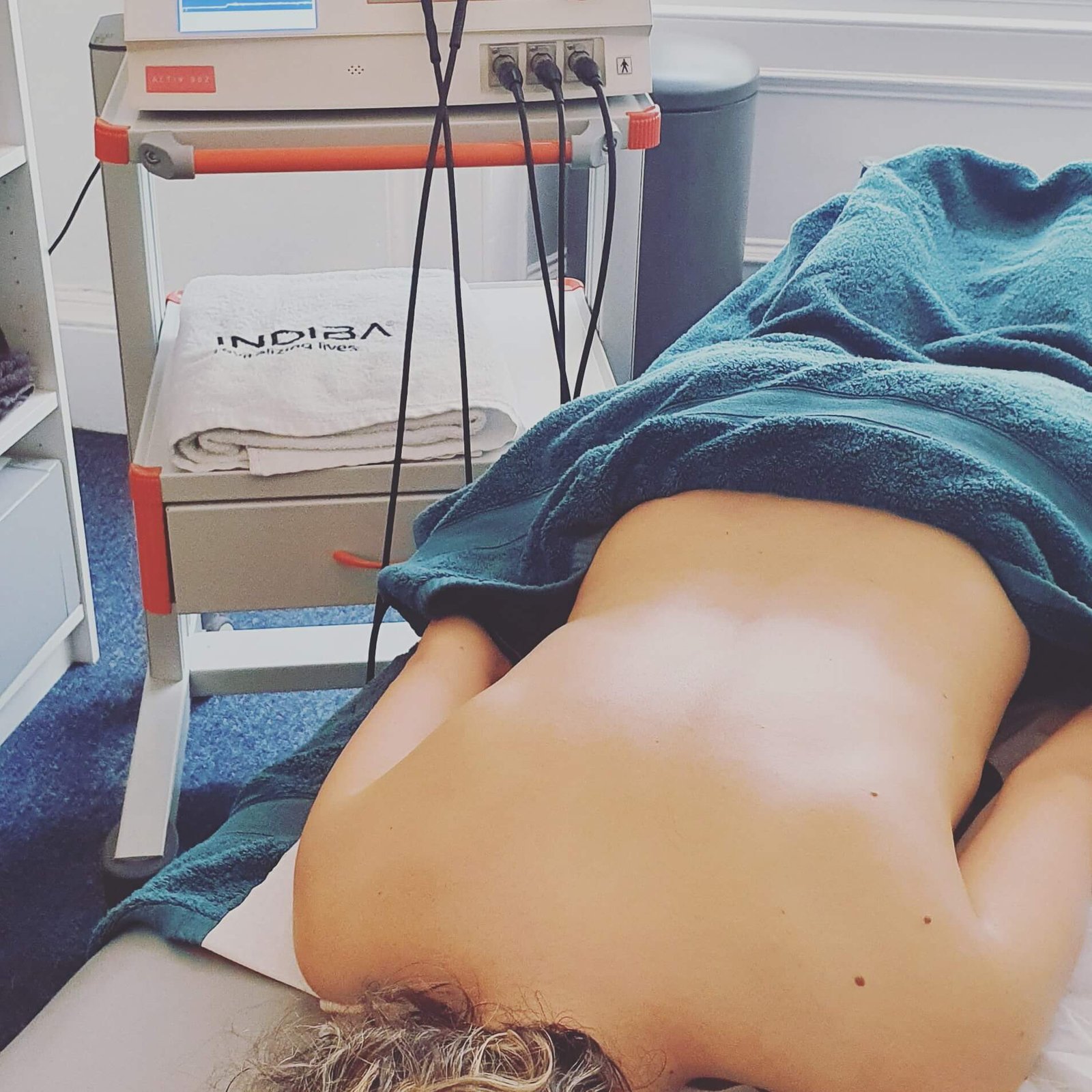What is it?
The Women’s Health Clinic is committed to helping women experiencing pelvic floor disorders and symptoms related to pregnancy and menopause.
The female body is complex and undergoes many hormonal changes throughout a woman’s life, which can cause the body to adapt and change.
Menstrual cycles, pregnancy, and menopause can all impact a woman’s overall health, potentially leading to pelvic floor issues, sciatic pain, headaches, pelvic organ prolapse, growing pains, spasms, and back pains.
We have a team dedicated to women’s health to help manage and relieve symptoms related to these changes.
During menopause and pregnancy, women experience various metabolic, hormonal, and tissue composition changes that can result in a range of symptoms affecting their well-being.
Hormonal imbalances during menopause can cause low mood and anxiety, leading to muscle contractions that can result in neck and back issues, as well as tension headaches.
Tiredness is a common symptom during menopause and pregnancy that can lead to reduced physical activity and cause sciatica and other back problems.
Vaginal atrophy and genital prolapse are also common issues during menopause, which can cause hernia formation and pain1.
Pregnancy can also affect the lumbar structure and lead to changes in the pelvic and abdominal musculature, resulting in lower back problems.
Due to the limited medicines, women can take during pregnancy1-3, especially during the first trimester, managing back pains or headaches can be more challenging.
The Women’s Health Clinic offers several treatment options to help release pain, relax the body, and improve women’s well-being.

We can provide specific exercises to correct structural changes in the body due to pregnancy and menopause, and offer general postural advice to prevent other related issues.
Our dedicated team can assist with deep tissue massage and osteopathic manipulations to alleviate tensional back pains and headaches and improve sciatic symptoms. Draining massage can also help alleviate bloating or swelling symptoms due to hormonal changes, and massage can aid with growing pains.
Physiotherapy exercises can also improve pelvic musculature and reduce pain4,5.
Additionally, we can offer advice on exercises that can be done during pregnancy to avoid sciatica and back pains.
When do I need it?
If you are a woman and are experiencing headaches, back pains, sciatica, or other issues related to pregnancy, menopause, or hormonal fluctuations, then our team can provide you with specific treatments or exercises to help you feel better.
Conditions that can be treated:
Pelvic floor disorders
Growing pain
Sciatica
Spasms
Headaches
What to expect?
Our physiotherapist will conduct a thorough examination, including a physical assessment and investigation of your symptoms and potential causes.
Then, based on an evidence-based diagnosis, they will prescribe treatment using methods such as deep tissue massage, osteopathic techniques, or specific physical exercises to improve your condition.

Medical and physical health history

Physical Examination

Treatment and Rehabilitation plan

1
Medical and physical health history

2
Physical Examination

3
Treatment and Rehabilitation Plan
REFERENCES
1 Tinelli, A. et al. Age-related pelvic floor modifications and prolapse risk factors in postmenopausal women. Menopause 17, 204-212, doi:10.1097/gme.0b013e3181b0c2ae (2010).
2 Bauer, A. Z. et al. Paracetamol use during pregnancy – a call for precautionary action. Nat Rev Endocrinol 17, 757-766, doi:10.1038/s41574-021-00553-7 (2021).
3 Amundsen, S. et al. Pharmacological treatment of migraine during pregnancy and breastfeeding. Nature Reviews Neurology 11, 209-219, doi:10.1038/nrneurol.2015.29 (2015).
4 Pennick, V. & Liddle, S. D. Interventions for preventing and treating pelvic and back pain in pregnancy. Cochrane Database Systematic Reviews, Cd001139, doi:10.1002/14651858.CD001139.pub3 (2013).
5 Davenport, M. H. et al. Exercise for the prevention and treatment of low back, pelvic girdle and lumbopelvic pain during pregnancy: a systematic review and meta-analysis. British journal of sports medicine 53, 90-98, doi:10.1136/bjsports-2018-099400 (2019).



